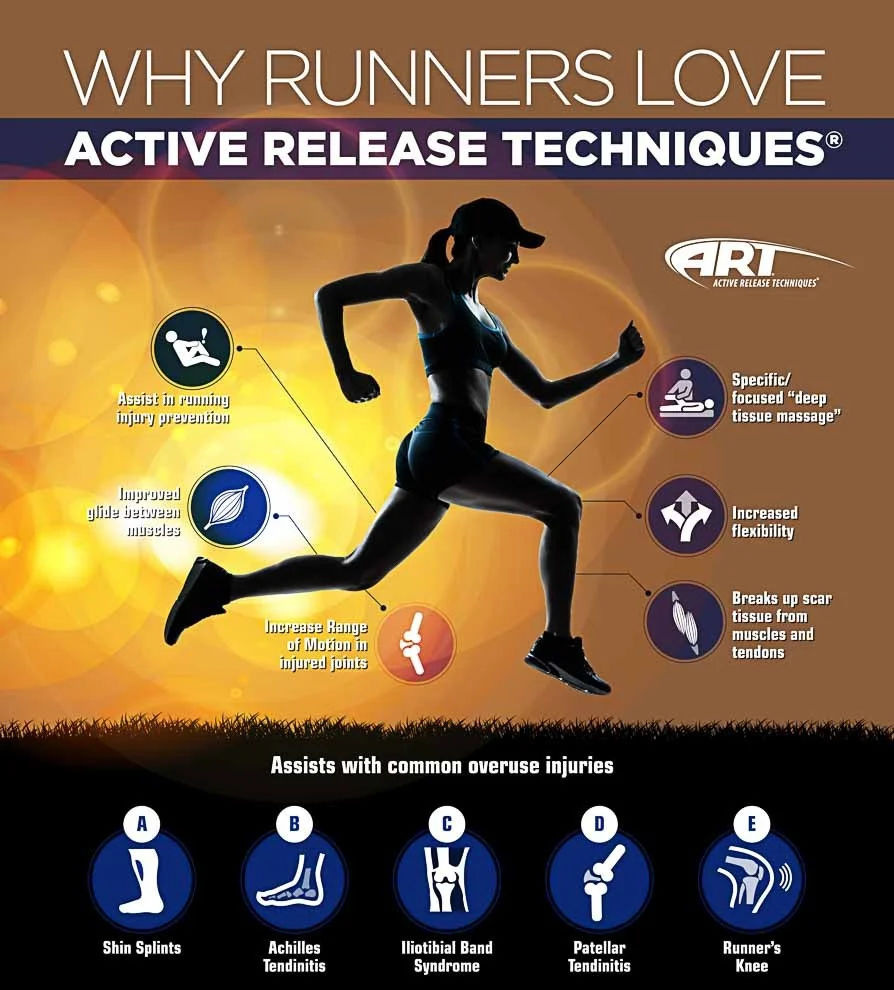Discover the Power of Active Release Technique (ART) at Buffalo Family Chiropractic Wellness
Are you dealing with pain, stiffness, or limited mobility from an injury or overuse? Active Release Technique (ART) could be the answer. At Buffalo Family Chiropractic Wellness in Buffalo, NY, we specialize in this advanced soft tissue therapy to treat conditions like headaches, back pain, sports injuries, and more. Led by Dr. Kathleen Henneberger, our certified ART expert, we help patients recover faster and regain their full range of motion.
What is Active Release Technique (ART)?
ART is a patented, hands-on therapy designed to address issues in muscles, tendons, ligaments, fascia, and nerves. It targets scar tissue (adhesions)—the body’s natural response to injury or overuse—that can cause pain, weakness, and restricted movement. Think of adhesions like dried paint on a paintbrush: healthy muscle fibers should glide smoothly, but adhesions make them stick together, leading to stiffness and discomfort. ART breaks up these adhesions to restore normal function.
How Does ART Work?
During an ART session at our Buffalo, NY clinic, Dr. Henneberger combines examination and treatment:
- Evaluation: She uses her hands to assess the texture, tightness, and movement of your soft tissues.
- Treatment: She applies precise pressure while guiding you through specific movements to break up adhesions, release tension, and improve circulation.
With over 500 unique protocols, ART is personalized to your needs—never a one-size-fits-all approach. The result is faster pain relief, better mobility, and enhanced recovery.
Conditions Treated with ART
ART effectively treats a wide range of conditions, including:
- Headaches and migraines
- Back pain and neck pain
- Carpal tunnel syndrome
- Shin splints
- Shoulder pain and rotator cuff injuries
- Sciatica
- Plantar fasciitis
- Knee problems
- Tennis elbow and golfer’s elbow
- And many more
From acute injuries (like sprains) to chronic conditions (like tendonitis), ART tackles the root cause—adhesions—to deliver lasting results.
ART for Athletes: Boost Performance and Recovery
Athletes of all levels—from weekend warriors to professionals—benefit from ART. It’s been a trusted therapy at Ironman races for over 24 years and is used by athletes in the NFL, NHL, NBA, MLB, MMA, and Olympics. Here’s how ART helps:
- Prevents overuse injuries
- Speeds up recovery from sports injuries
- Improves flexibility, strength, and range of motion
At Buffalo Family Chiropractic Wellness, we understand the demands of training. Whether you’re battling shin splints, plantar fasciitis, or tennis elbow, ART can get you back to peak performance.
What to Expect During an ART Session
Your session with Dr. Henneberger is both diagnostic and therapeutic:
- She’ll evaluate your soft tissues for adhesions and tightness.
- Using targeted pressure and guided movements, she’ll address the problem areas.
- Most patients notice improvement in just a few sessions.
This hands-on, customized approach ensures effective treatment tailored to your body and condition.
Why Choose Buffalo Family Chiropractic Wellness?
Located in Buffalo, NY, Buffalo Family Chiropractic Wellness, P.C. offers expert ART therapy under the care of Dr. Kathleen Henneberger. With her experience and dedication, you’ll enjoy:
- Rapid recovery with fewer visits
- Personalized care for athletes and non-athletes
- Proven techniques trusted by elite performers
Don’t let pain or injury slow you down. Call Buffalo Family Chiropractic Wellness today at 716-854-1563 to schedule your Active Release Technique session and experience relief and renewal firsthand!

Location

Dr. Kathleen Henneberger
